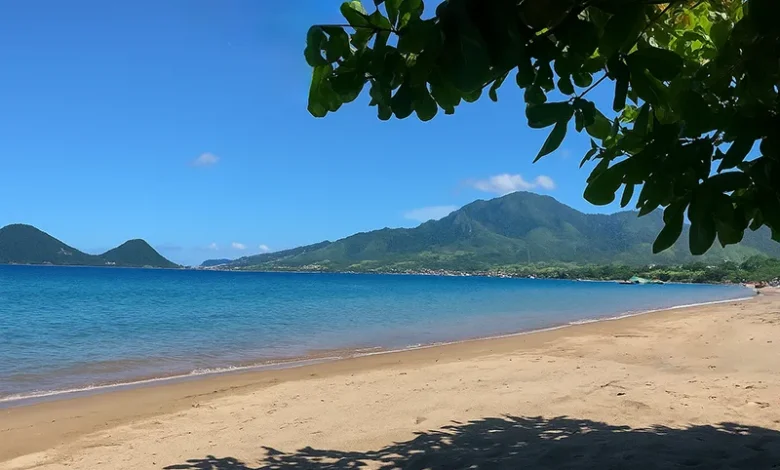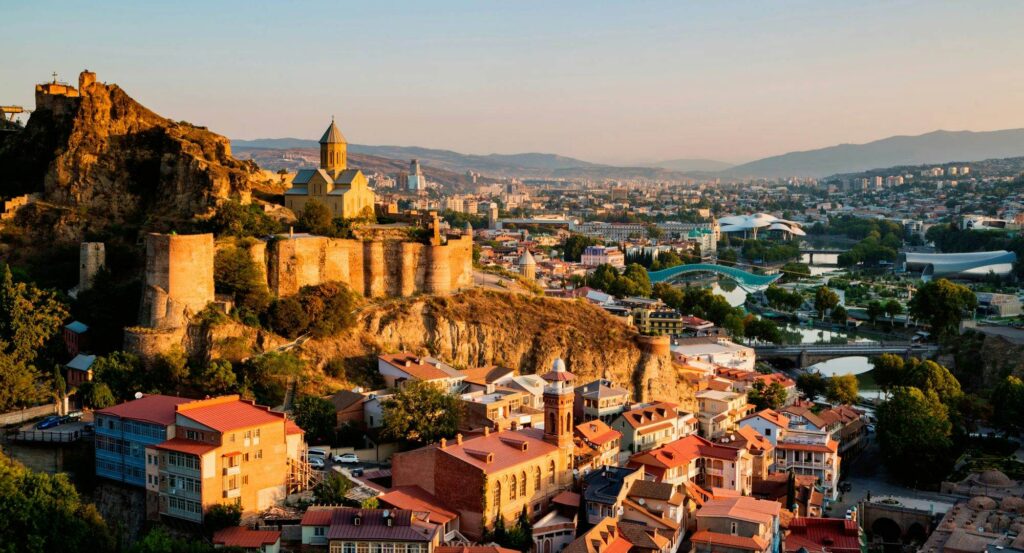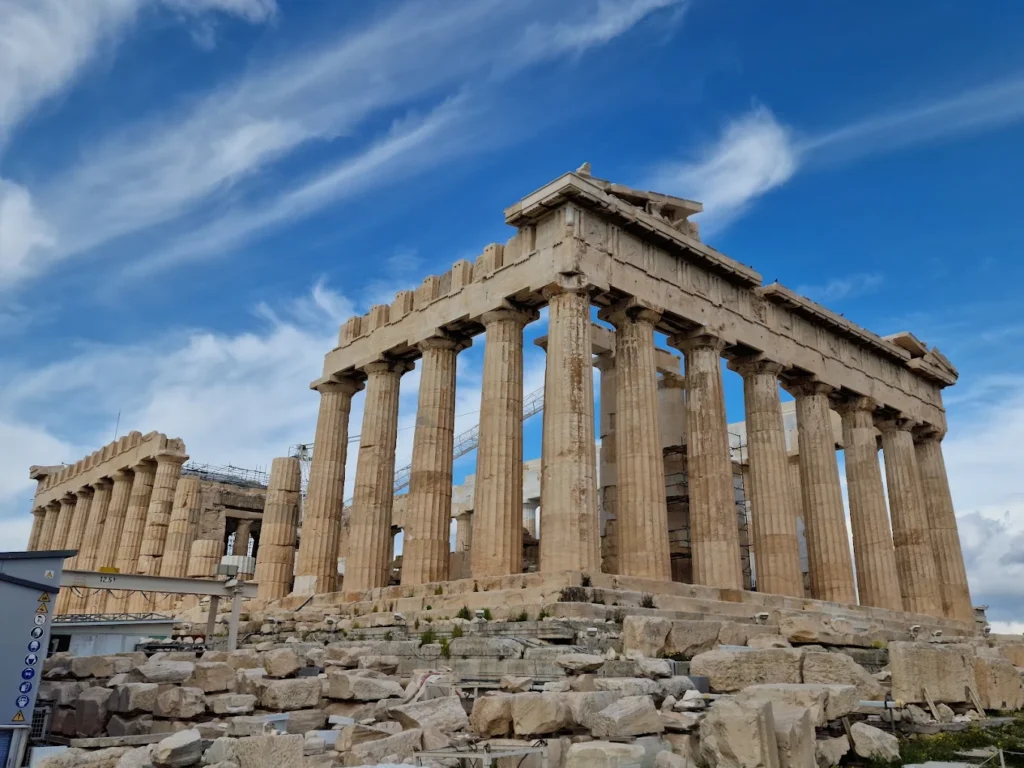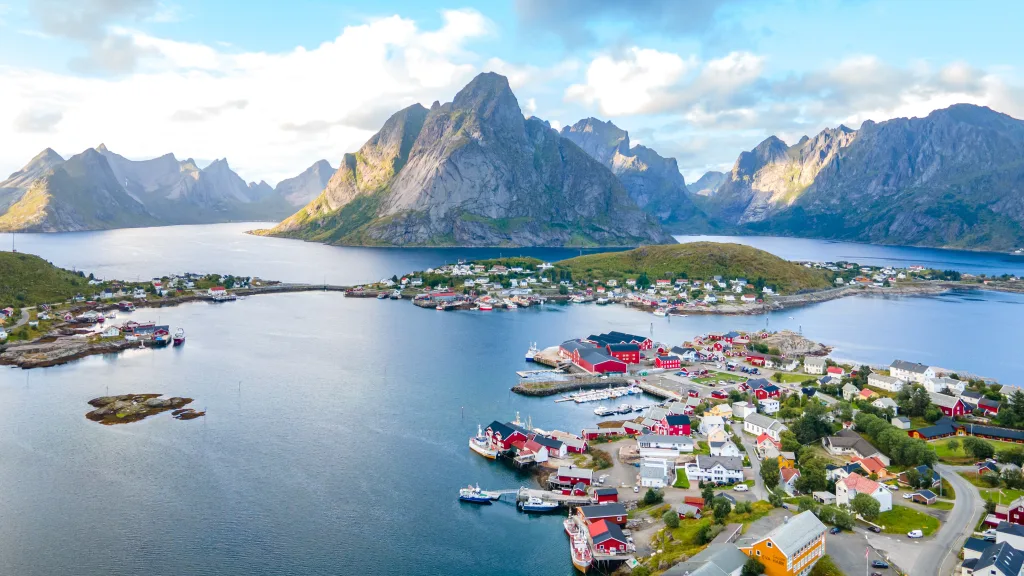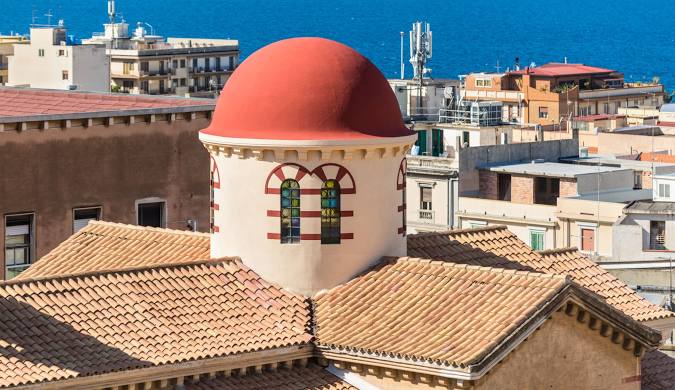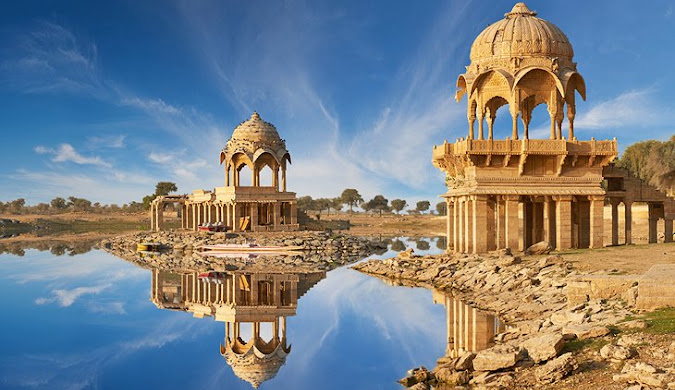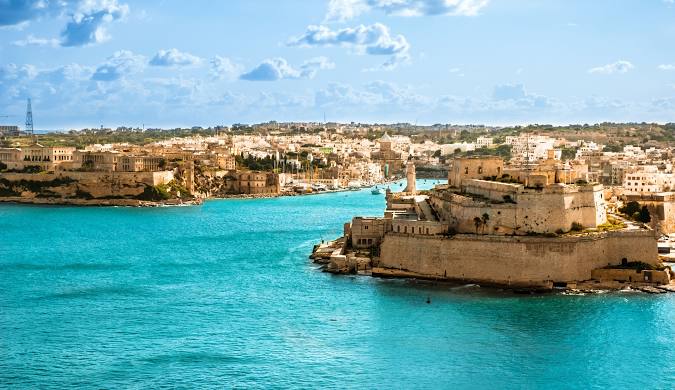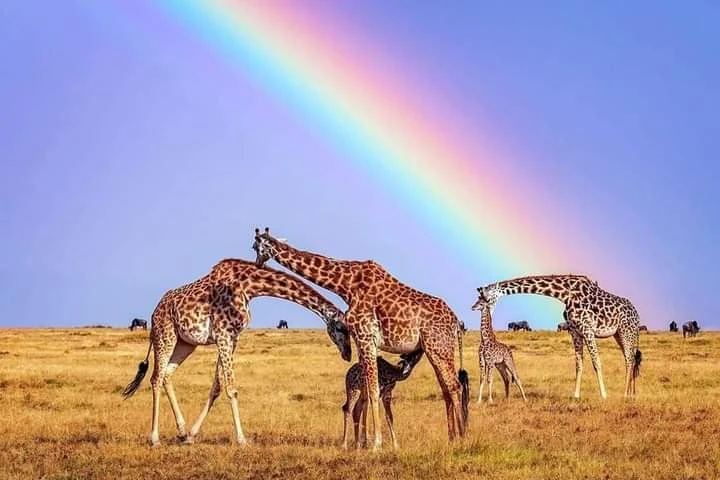What to Do in Dominica – From Black Sand Beaches to Boiling Lake (Ultimate Guide)
Quick Reference Guide Category Key Information Best Time to Visit February to May (dry season) Currency Eastern Caribbean Dollar (XCD) Language English Getting Around Car rental recommended, local buses available Visa Requirements Many nationalities receive visa-free entry Average Trip Length 5-7 days for full experience Top Activities Hiking, diving, hot springs, waterfall swimming Unique Feature “Nature Island of the Caribbean” Picture this: You’re standing on a beach with black sand beneath your feet, surrounded by lush green mountains that drop straight into the turquoise sea. Behind you, steam rises from volcanic hot springs, while ahead, a rainforest beckons with hidden waterfalls and swimming holes. Welcome to Dominica—the Caribbean island that traded beach resorts for adventure boots. If you’re wondering what to do in Dominica, you’re in for a treat. This isn’t your typical Caribbean vacation spot with mega-resorts and crowded beaches. Dominica (not to be confused with the Dominican Republic) is the “Nature Island” where adventure seekers, nature lovers, and anyone tired of cookie-cutter vacations come to reconnect with the wild side of the Caribbean. This guide will take you through everything from diving into geothermal underwater vents to hiking to a literally boiling lake, from exploring Indigenous Kalinago culture to “liming” (that’s local speak for hanging out) with friendly locals over fresh seafood and bush rum. Ready to discover why Dominica should be at the top of your travel list? Let’s dive in! 1. Volcanic Beaches & Coastal Chill (with an edge) Forget the typical white sand Caribbean beaches—Dominica’s coastline tells a different story. The island’s volcanic nature gifts visitors with dramatic black sand beaches that look like something from another planet. Best Black Sand Beaches to Explore Batibou Beach sits in the northeast and offers a Robinson Crusoe vibe. With coconut palms leaning over dark sand and crystal-clear water, this spot feels wonderfully remote. The best part? It rarely gets crowded, even during peak season. Mero Beach on the west coast is perfect for families. The water stays calm, and you’ll find local vendors selling grilled fish and cold drinks. Come here on a Sunday afternoon to experience authentic Dominican beach culture. Coconut Beach near Portsmouth gives you the best of both worlds—beautiful scenery and easy access to restaurants and facilities. Insider Tips for Beach Days Here’s a travel hack most visitors miss: Pack water shoes. Many of Dominica’s beaches have rocky areas and coral near the shore, so those aqua shoes will save your feet and let you explore tide pools comfortably. For sunset photography, head to Scotts Head at the southern tip. This spot where the Caribbean Sea meets the Atlantic Ocean creates incredible light shows. Arrive 30 minutes before sunset to scout your angles. Pro tip: Cruise ships dock on certain days, bringing day-trippers to popular spots. Ask locals which days to avoid the crowds, or visit beaches in the late afternoon when tour groups have left. Reference: Discover Dominica Authority 2. Underwater Marvels: Diving & Snorkeling If you think the land in Dominica is impressive, wait until you see what’s underwater. This island ranks among the Caribbean’s top destinations for scuba diving and snorkeling, with sites that range from beginner-friendly to seriously adventurous. Champagne Reef: The Star Attraction Champagne Reef earned its bubbly name from the geothermal vents on the ocean floor that release streams of warm bubbles through the water. Swimming through these natural “champagne bubbles” while surrounded by colorful fish and healthy coral creates a surreal experience you won’t find anywhere else. The volcanic activity beneath the seafloor creates warm pockets in the water—it literally feels like swimming in a giant jacuzzi with tropical fish! The reef sits close to shore, making it accessible for snorkelers of all skill levels. Best Dive Sites Soufrière Scotts Head Marine Reserve protects some of the healthiest reefs in the Caribbean. The dramatic underwater topography includes walls, pinnacles, and caverns teeming with marine life. For experienced divers, L’Abym (translates to “the abyss”) drops to incredible depths and attracts larger pelagic species. Keep your eyes open for dolphins and pilot whales. Coral Gardens lives up to its name with pristine coral formations in shallow water—perfect for beginner divers and snorkelers. Eco-Responsible Diving Dominica takes marine conservation seriously. When booking dive operators, look for companies certified by the Dominica Watersports Association. They follow strict guidelines to protect the reefs. Important eco-tips: Recommended dive operators include Dive Dominica and Nature Island Dive—both known for their safety standards and environmental ethics. Reference: Dive Dominica 3. Hiking the Rainforest & Epic Trails Dominica’s nickname as the “Nature Island” comes from its incredible rainforest coverage—about 60% of the island remains forested. This creates a hiker’s paradise with trails ranging from easy nature walks to challenging multi-day treks. Waitukubuli National Trail: The Caribbean’s Longest The Waitukubuli National Trail stretches 115 miles across the entire island, making it the longest hiking trail in the Caribbean. Divided into 14 segments, you can tackle individual trail segments or commit to the full multi-day adventure. Don’t worry—you don’t need to be an ultra-marathoner to enjoy this trail. Each segment can be hiked separately, ranging from 2 to 7 hours. Must-Do Day Hikes Middleham Falls Trail leads through dense jungle to a spectacular 200-foot waterfall crashing into a pool perfect for swimming. The 3-mile round trip takes about 3 hours, and the reward at the end makes every muddy step worth it. Trafalgar Falls offers an easier option—a short nature trail (about 10 minutes) to viewing platforms overlooking twin waterfalls. For the adventurous, you can scramble over boulders to reach the pools at the falls’ base. Syndicate Nature Trail in Morne Diablotin National Park gives you the best chance to spot the endangered Sisserou parrot (Dominica’s national bird). This gentle 90-minute loop through the rainforest rewards early risers with amazing birdwatching. Family-Friendly Micro-Adventures Traveling with kids or just want something less intense? Try the Emerald Pool Nature Trail—a short 20-minute walk through the forest to a beautiful waterfall and swimming hole. The maintained path and scenic setting
What to Do in Dominica – From Black Sand Beaches to Boiling Lake (Ultimate Guide) Read More »

